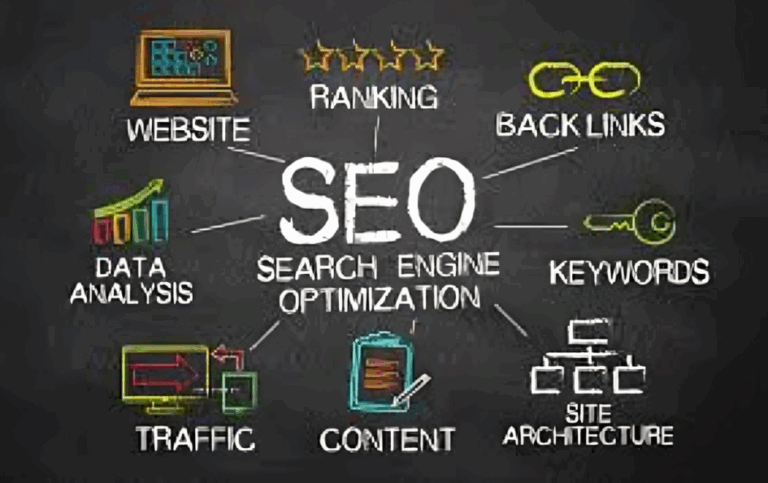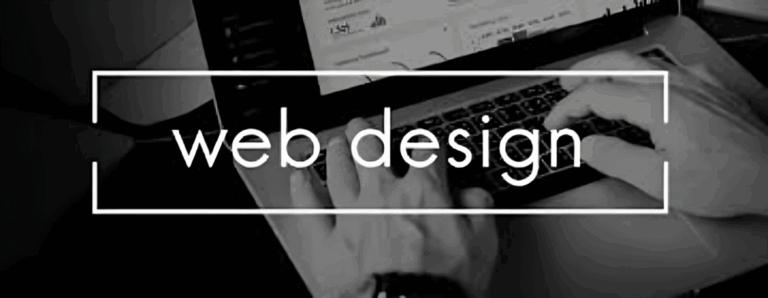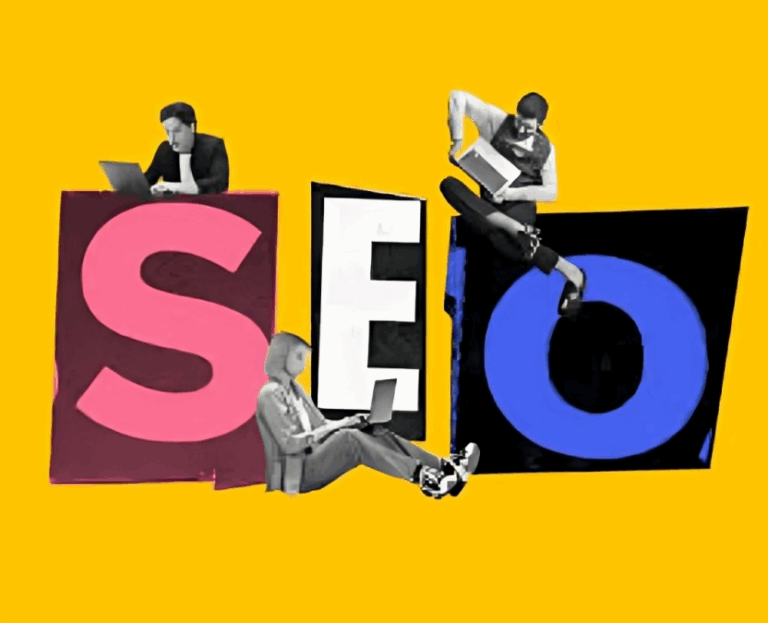When people think of web design, they often picture colors, fonts, and layout. But modern web design is about much more than just making things look good—it directly impacts SEO, user experience, and our overall digital performance.
In fact, strong web design is one of the unsung heroes of effective SEO. If our site looks great but doesn’t function well, load fast, or guide users properly, we risk losing both search rankings and real customers.
Here’s why web design matters so much—and how it supports our broader digital goals.
1. First Impressions Are SEO Impressions
When someone lands on our website, they make a judgment in a few seconds. A clean, professional design builds trust and keeps people engaged. Search engines pick up on this too—metrics like bounce rate, time on page, and pages per session all influence rankings.
A well-designed site doesn’t just impress people—it keeps them around longer, which sends positive signals to Google.
2. Mobile-First Design Is No Longer Optional
Google now uses mobile-first indexing, meaning it primarily uses the mobile version of a site for indexing and ranking. If our mobile design is clunky, hard to navigate, or slow to load, we’re not just frustrating users—we’re hurting our SEO.
Responsive, mobile-optimized design is essential. It ensures we meet user expectations and search engine standards at the same time.
3. Navigation and Structure Guide Both Users and Bots
Good design makes information easy to find. Clear navigation, logical menus, and consistent structure all help users explore the site—and they help search engines crawl it too.
When our site is designed with a smart structure, we boost the chances of all pages being indexed correctly. Internal linking, breadcrumb navigation, and structured layouts play a huge role in this.
4. Speed Is a Design Issue Too
Website speed isn’t just a backend concern—it’s heavily influenced by design. Oversized images, unoptimized fonts, and bloated layouts can slow things down dramatically.
Google considers page speed a ranking factor, and users bounce quickly from slow-loading sites. Optimizing design elements like media, layout, and code efficiency is critical to keeping our pages fast and our SEO strong.
5. Accessibility and SEO Go Hand-in-Hand
Designing for accessibility—using proper contrast, alt text, and keyboard navigation—doesn’t just improve inclusivity. It also improves SEO.
Search engines reward accessible content because it’s more readable, understandable, and usable. By designing for all users, we make our content more discoverable to everyone.
Final Thoughts
Web design isn’t just about looks—it’s a strategic asset that shapes how we’re seen by both users and search engines. As we continue to improve and expand our digital presence, let’s treat design as a core part of our SEO and marketing efforts.
Every decision we make—from layout to navigation to mobile experience—has the potential to impact our traffic, conversions, and brand reputation.
Great design means great results—let’s keep that at the center of our web strategy.





